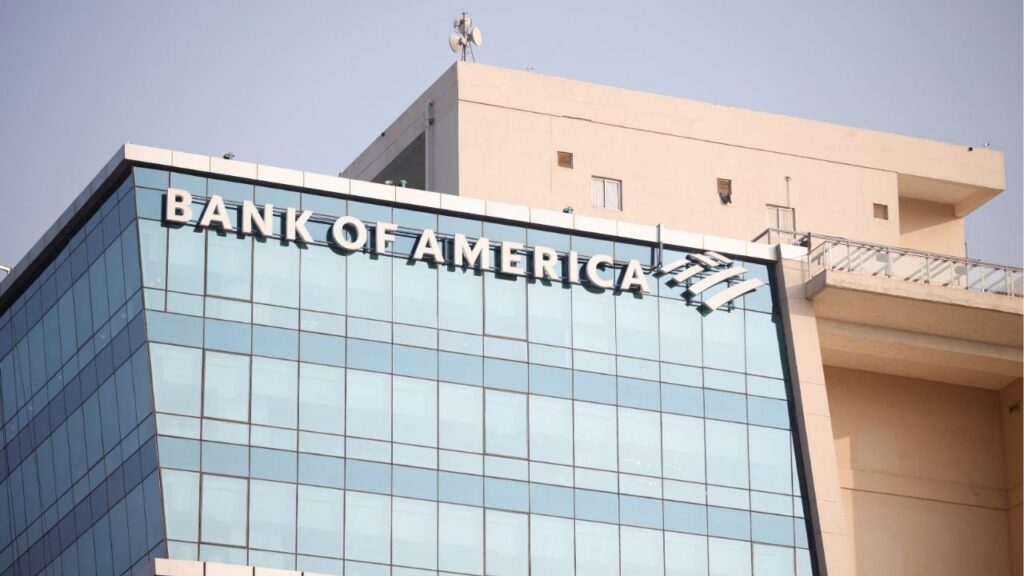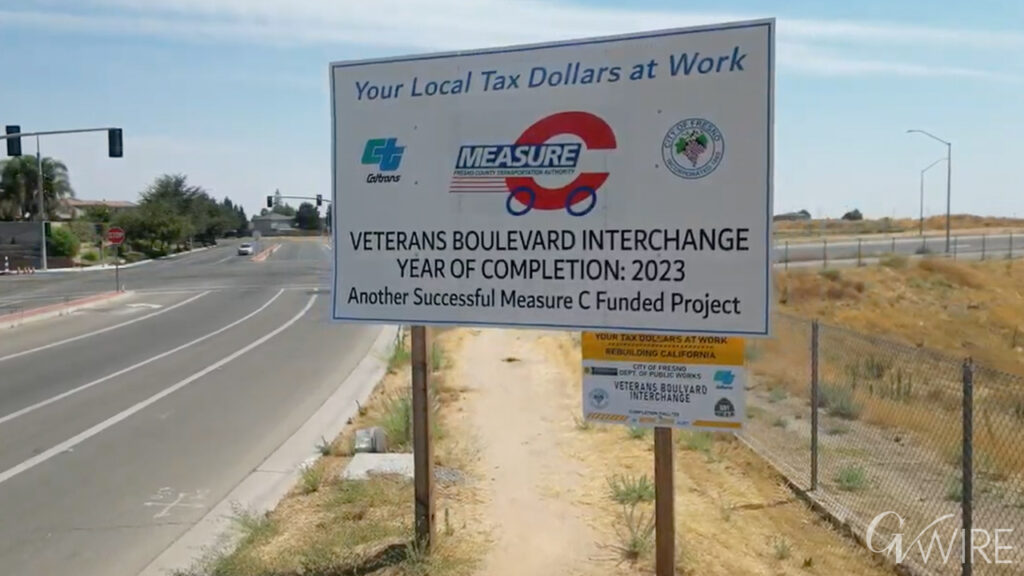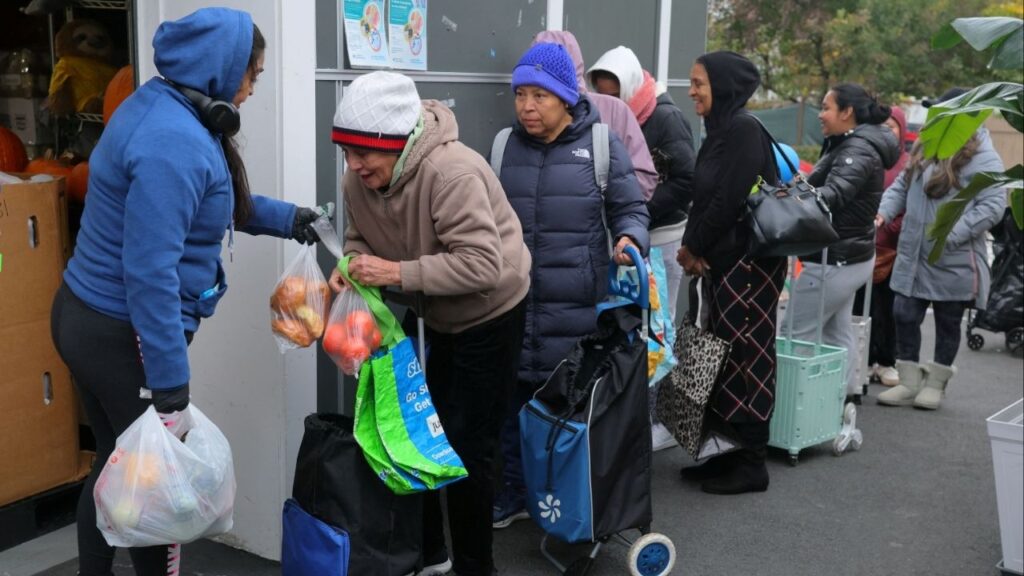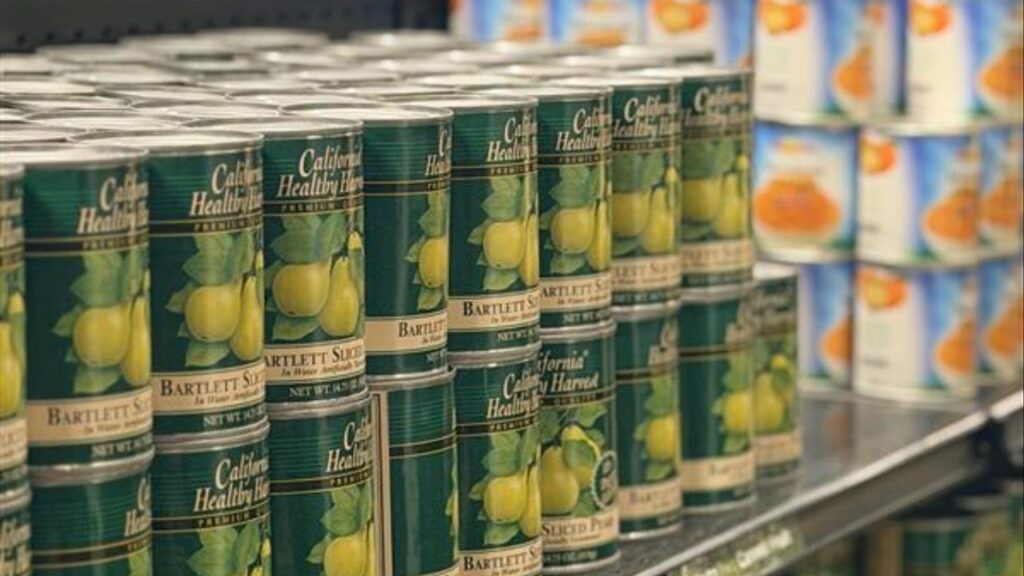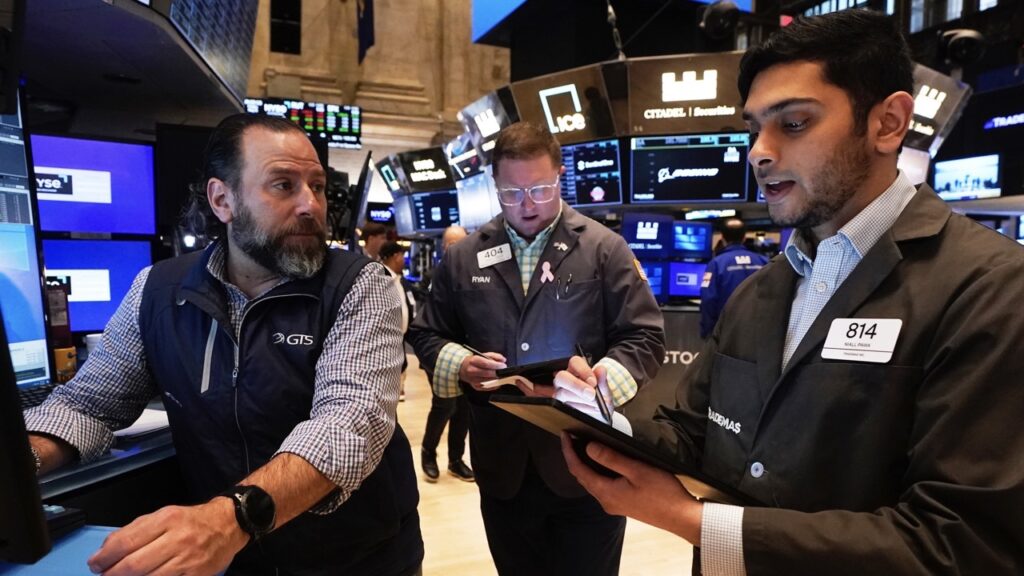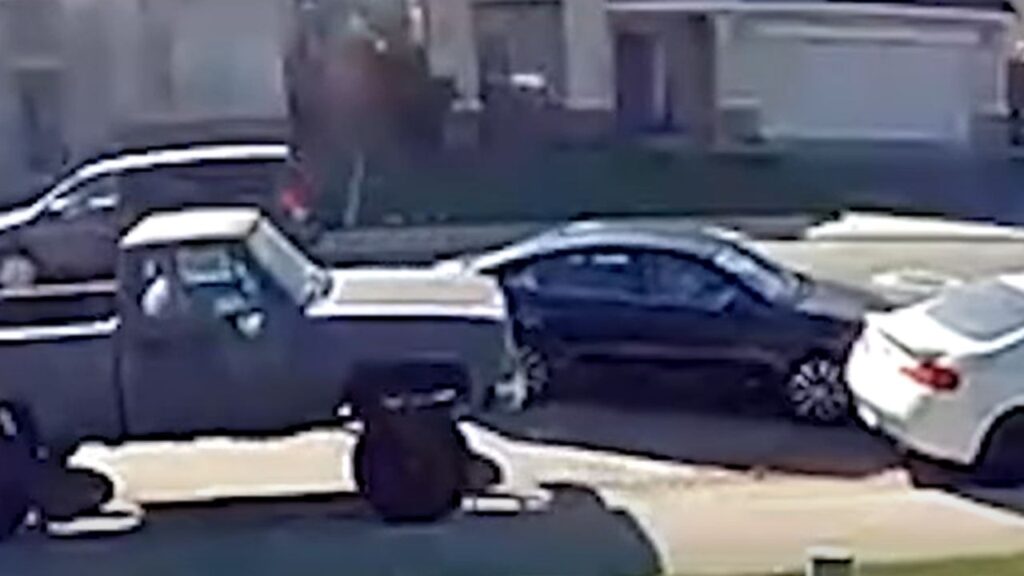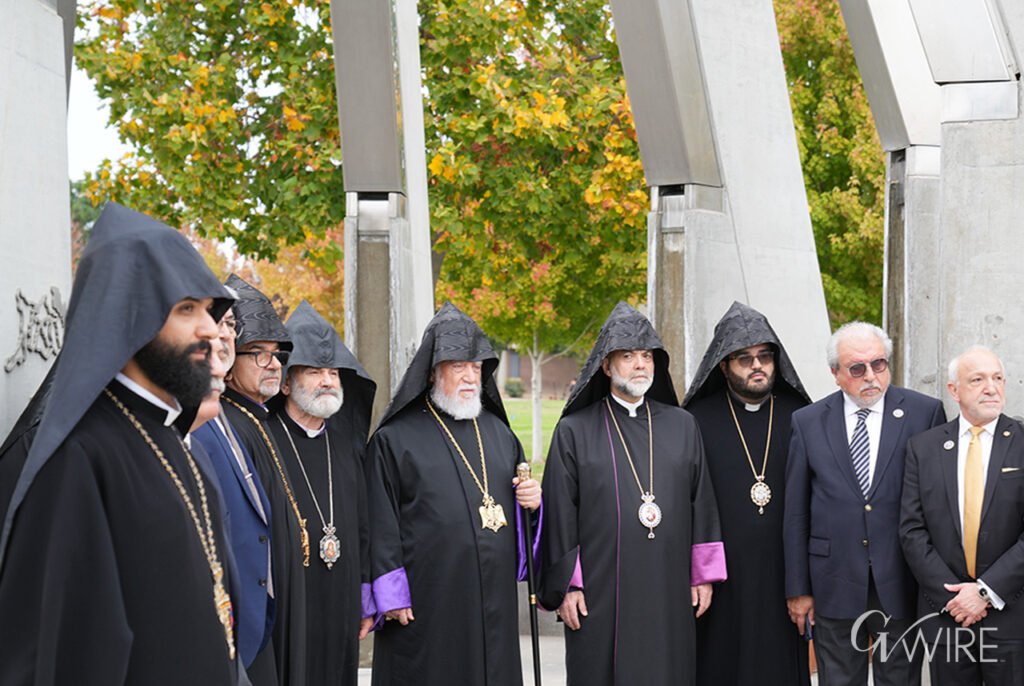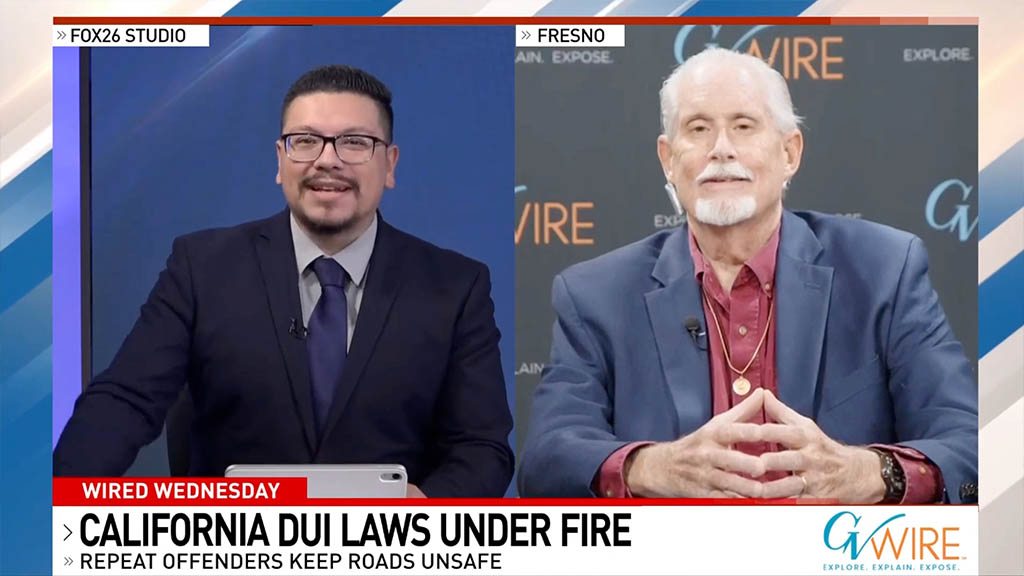Share
In his May budget revise, Gov. Gavin Newsom pitched spending $250 million on infrastructure and transportation improvements in downtown Fresno.

Nicole Foy
CalMatters
The money will fund much of the city’s decade-long plans to revitalize its decaying water and sewer systems and improve amenities such as parking and sidewalks, to ultimately attract residential development.
The announcement comes as many California city centers are still trying to rebound after the pandemic.
Fresno is one of five US cities whose downtown foot traffic rebounded since the pandemic, according to a recent University of Toronto study that periodically compared cell phone data to track foot traffic from 2019 to February 2023.
While city centers in San Francisco, Los Angeles and Sacramento were still struggling to regain their pre-pandemic bustle, Fresno and Bakersfield’s foot traffic rebounded above 2019 levels, the study shows. A Los Angeles Times report pointed out both Central Valley cities experienced population growth, often from more expensive California cities.
Newsom’s administration has long identified Fresno as an anchor to Central Valley’s economy and thus important to California’s future. This new proposed investment would tackle several projects city leaders say are necessary to spur a renaissance in downtown housing development.
About $70 million is earmarked for new parking structures and spots, while the rest would pay for sidewalk improvements, green spaces, new water and sewer systems and other investments. The goal is to attract housing development for 10,000 more residents downtown.
Local leaders also have a broader five-year plan called Rebuild Fresno. Community members say the proposed city budget won’t invest enough in Fresno’s poor neighborhoods.
CalMatters Interviews Fresno’s Elliott Balch
CalMatters spoke to Elliott Balch, who recently left the Central Valley Community Foundation to become CEO of the Downtown Fresno Partnership, a business improvement district. He managed Fresno’s downtown revitalization efforts from 2009 to 2014, during former Mayor Ashley Swearingen’s administration.
Like many born and raised in the valley, Balch left for college and returned with a broadened perspective, he said. He recognized patterns in Fresno that could impede its future success. For instance, he said, people’s reliance on cars as the city grew outward makes it hard to improve air quality, and an underinvestment in transportation options prevents a more accessible downtown.
“It really seemed very clear to me that you would never expect the city to change how it allocates resources and grows, unless there’s a very attractive alternative,” Balch said. “And that means we need to have a lively, engaging, fun downtown.”

Here is an edited version of the conversation.
Q: What do you know about how this proposal of the governor’s came about? Why is the governor interested in downtown Fresno?
A: The time is right. We’ve had years of work — which I’ve been a part of some of it — to create new land use plans, a new development code for Fresno … policies that make sense for the oldest part of our city.
We’ve already seen that you get results from investments in infrastructure. When we rebuilt Fulton Street, for example … since that happened you’ve seen increases — many-fold increases — in taxable sales that have occurred in that area. You’ve seen smartphone-driven data on where people are going. And we have one of the few downtowns … that’s seeing an increase of about 20% (in traffic) from 2019, pre-pandemic. We’ve fully rebounded and then some.
Not only are we seeing more people downtown, but the people who are coming downtown really are reflecting our region. It’s a cross-section of our community, where the median age of Fulton Street visitors in the last year was 32.6, 56.2% Hispanic, median household income of $55,000 … You have a place that our region is embracing.
Q: What do you think an investment in downtown like this could do for the city of Fresno, and for what the city of Fresno wants to be moving forward?
A: Bottom line is, our city and our valley — like our state — have a real housing shortage, and we see the results of that housing shortage show up in lots of different ways. People challenged with eviction. Folks paying too much for bad housing. Overcrowded housing that impedes student learning. Having to move out to different housing but then having transportation challenges as a result … We are one of the largest cities in the country with the lowest rental vacancy rate, so we’re a very tight market.
Now, how does investment in our Central San Joaquin Valley solve our housing shortage? One way is what we’ve done for generations, which is just only continue to invest in building out, out, out.
The alternative is that at least a significant portion of that growth happens internally. When you see housing units downtown, you see them contributing to, and being part of, the story and the reality of downtown.
Another piece of the data that we’ve learned is that the median distance of a Fulton Street visitor from home is six miles. So, if you’re a small business without a huge marketing budget, half of your people are coming from beyond six miles. If we can bring thousands more people within walking distance, it greatly lowers the barriers to bringing folks in the door.
Q: Do you think this investment could have a broader impact on the region?
A: It’s already the case that this is the downtown for the central San Joaquin Valley. The reality is that the region and its counties and cities need to house more people in a way that reduces the incremental addition of vehicle miles traveled and greenhouse gas emissions. And our downtown can help with that.
We’re zoned for 75,000 housing units. And we’ve got the desire to see development. What we also have is 125-year-old infrastructure. And so unlocking the potential to really help the valley meet its housing goals — economic inclusion goals, sustainability goals — downtown is here for that.
Q: What does an influx of money to Fresno’s downtown do for racial and economic equity?
A: When I talk to small business owners of color, one of the recurring themes that I hear is the need to have more of a market that is within walking distance. There needs to be continued investment. There needs to be continued growth and progress. Fundamentally, they established their business downtown because they believe in downtown and the belief is that there will be continued investment … They didn’t invest in a business downtown and put all of their livelihood into a business, only to see the area around them stagnate.
I think the beautiful thing is that we have longtime families who’ve been invested in downtown for generations, as property owners or as business owners. And we have a downtown that for generations and decades has been a place for immigrants and refugees to get a foothold, to establish a business. We have the greatest concentration of black-owned businesses anywhere in the central San Joaquin Valley.
Q: Like many California cities, Fresno is struggling with homelessness. Do you see any portion of this investment helping impoverished residents of Fresno, particularly those struggling with homelessness?
A: Homelessness is driven in a big way by housing supply, by housing prices. And so the absolute best thing that downtown can do for homelessness is to provide more housing in the market, so that folks who may be struggling with poverty aren’t seeing huge price increases year to year. Or if they do have an eviction, that it’s not completely calamitous, that there’s not (any) other place for them to go … Not every homelessness situation is just about housing, but it’s amazing how the dominoes can fall when somebody’s stable housing is lost.
About the Author
Nicole Foy is the Central Valley reporter for the California Divide team. She returned home to the Central Valley in 2022 after several years as an investigative reporter in Texas and Idaho, focusing on Latino communities, agriculture, and inequity. While in Idaho, she was a 2020 Community Impact Fellow for Stanford University’s John S. Knight Journalism Fellowship program, leading a bilingual COVID-19 reporting collaborative. She graduated from Biola University and is the co-founder of Voces Internship of Idaho, which places Idaho Latino students in paid newsroom internships.
CalMatters is a nonprofit, nonpartisan newsroom committed to explaining California policy and politics.






